Nasa's mobile space laboratory is revealing many interesting facts about Mars.
They’re not the fastest moving robots on this planet, or on Mars as it turns out, but Nasa’s Curiosity Rover and Opportunity are making some epic discoveries on the Red Planet.
Here are 10 things you may not have known about Mars:
1. Mars, also known as the Red Planet, was named after the Roman god of war. This appears to be a tradition: to the Greeks, it was Ares (their war god); to the Mesopotamians, Nergal (who was initially their god of war and later morphed into their god of the underworld).
2. The Red Planet gets its nickname from its reddish tinge – a dust made up of ferric (iron) oxide particles. Scientists believe this dust coating is between a few millimetres to metres thick.
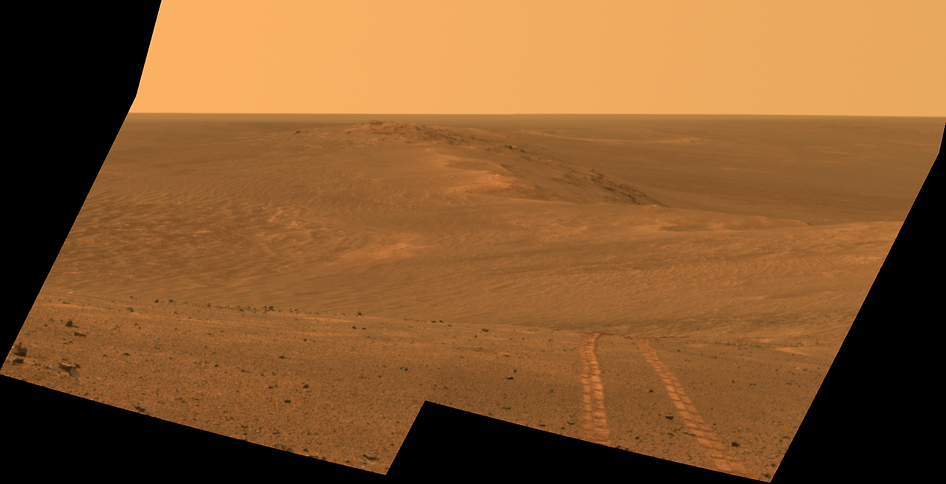
3. Even though the surface is dry and cold, Mars does have water frozen in its polar ice caps. It is thought that, in total, these caps contain about 3.2-million cubic kilometres of water. In context, this is about 10 times the volume of the Great Wall of China.
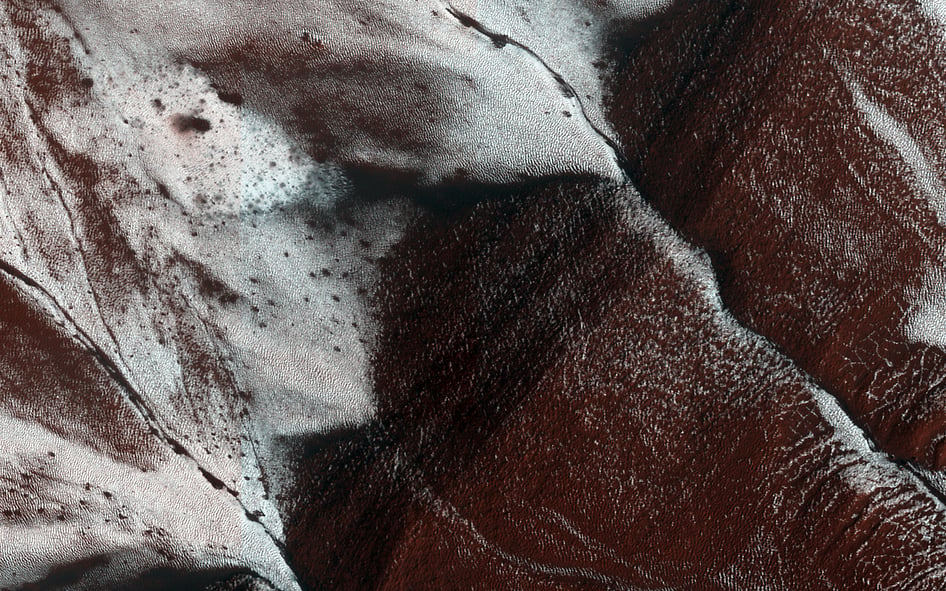
4. Mars is believed to have once contained a large ocean, but that this water evaporated over time. According to Nasa, about 13% of its vast water body remains in the polar ice caps and possibly in underground reservoirs.
5. On a toasty day in summer in the midday sun, Mars can reach temperatures of 20°C, but in winter it can drop to -125°C.
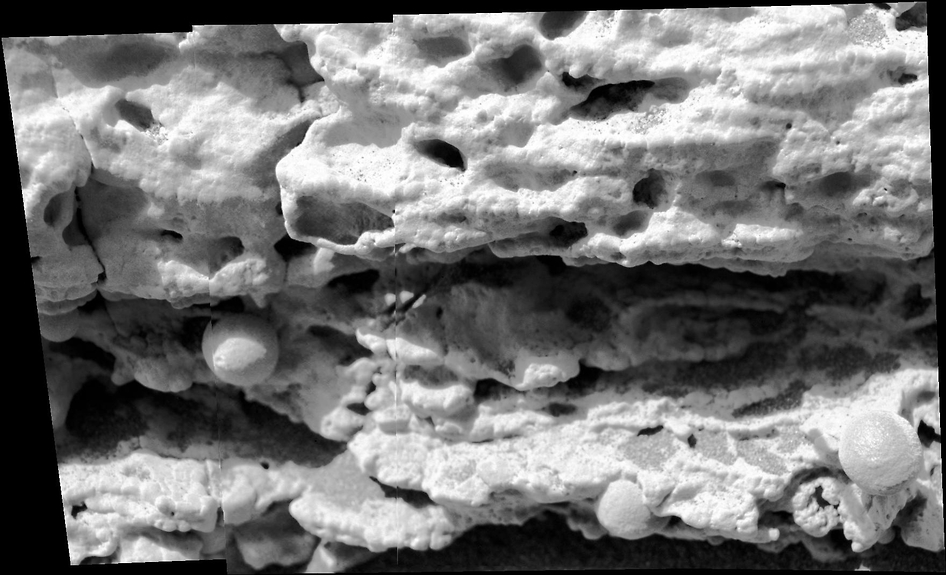
6. The planet’s main gas is carbon dioxide, which accounts for 96% of its atmosphere. It also contains a smidge of nitrogen gas (1.9%) – which makes up the major part of Earth’s atmosphere. Observations by NASA’s Mars Reconnaissance Orbiter have detected carbon-dioxide snow clouds on Mars and evidence of carbon-dioxide snow falling to the surface.
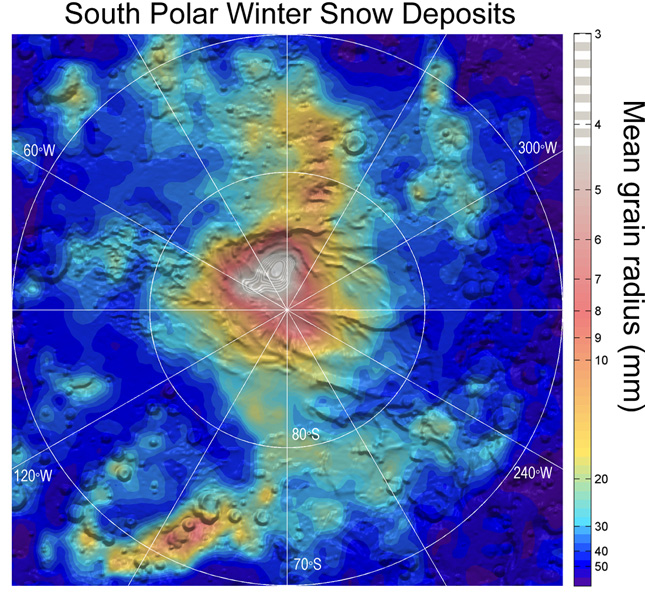
7. Mars contains the tallest mountain on a planet in our solar system. At about 27km high, it is more than three times the height of Mount Everest.
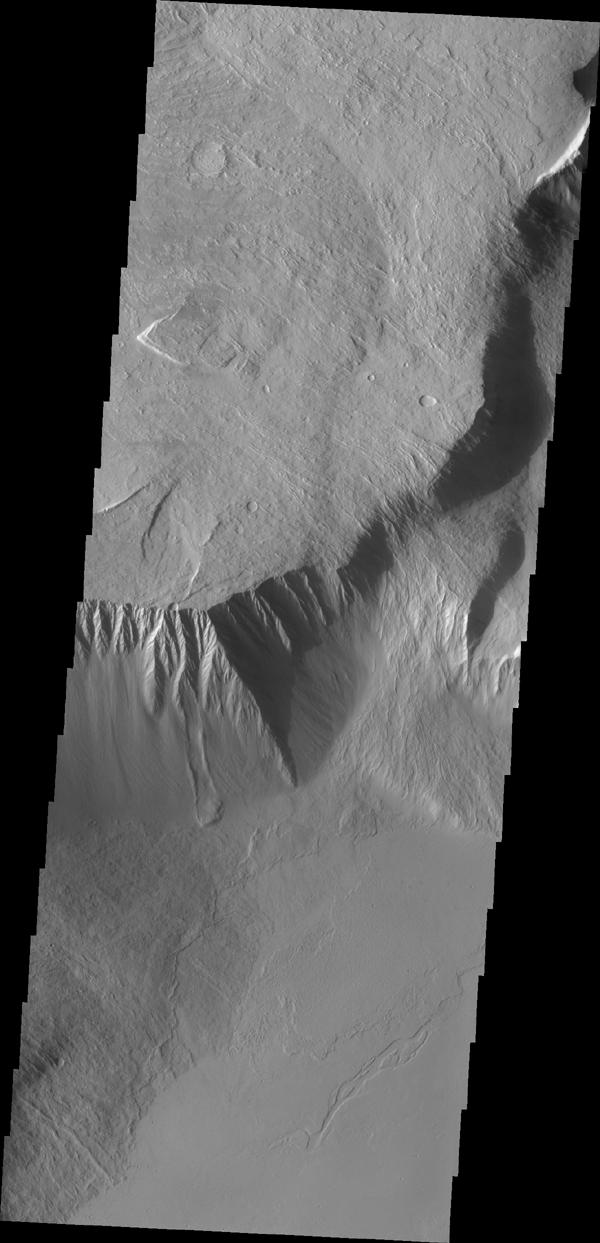
8. The Red Planet is renowned for its dust storms. Even Earth’s most severe dust storm pales in comparison with what happens on the Martian surface. These storms are so huge that you can see them from here – 225-million kilometres away – with a telescope.
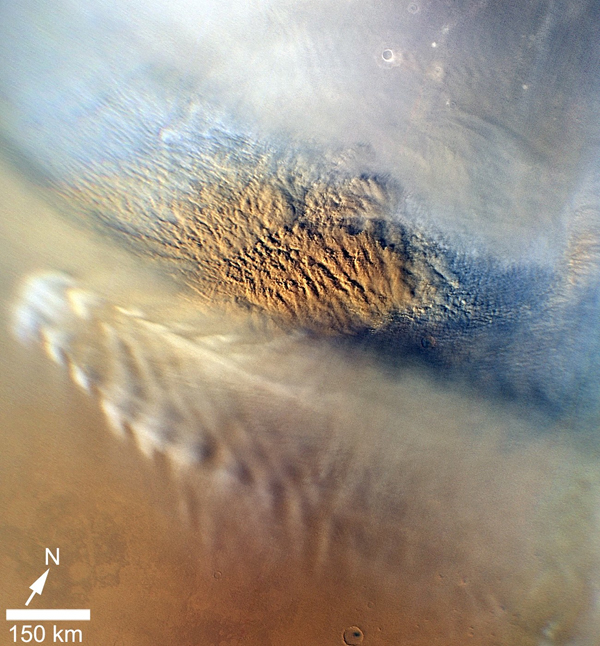
9. Nasa’s Curiosity Rover, a mobile space laboratory, responsible for our latest glut of Mars data, is hardly a speed freak. This little robot travels at about 5m a second over flat ground. If it could trundle around the equator as the crow flies, it would take 25 years – and that’s if it’s moving at top speed and the Earth was flat. (The Earth’s circumference is about 40?000km.) Their other rover, Opportunity, is not much faster – it has taken 11 years and two months to cover 42km.
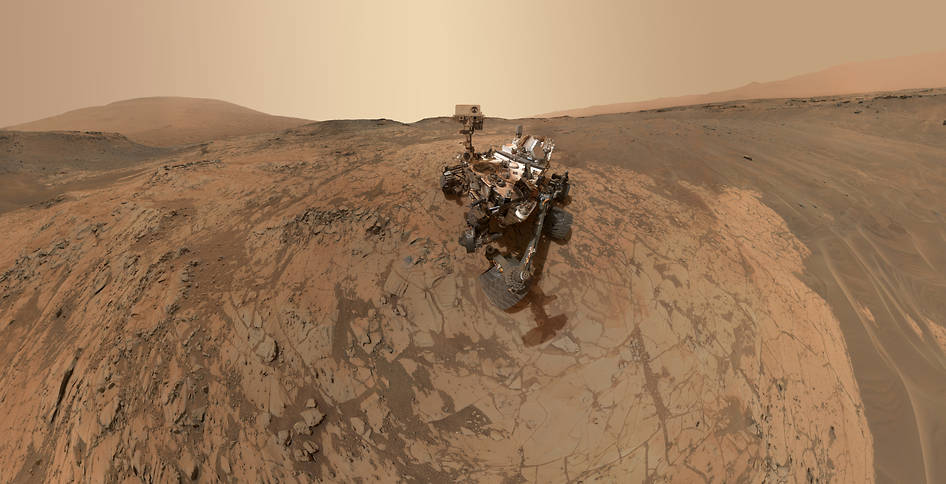
10. Mars is the only known planet inhabited solely by robots.
Images: NASA/JPL-Caltech/MSSS